calsfoundation@cals.org
Trinity Hospital
Opened in 1924, Trinity Hospital of Little Rock (Pulaski County) operated as a fee-for-service institution until 1931. That year, the physicians of Trinity implemented one of the early health maintenance organizations (HMOs)—a form of insurance in which member physicians provide medical care to voluntary subscribers for a fixed fee—in the United States. The former Trinity Hospital building was listed on the National Register of Historic Places on November 18, 1998.
Trinity’s five founding physicians—Mahlon Dickerson Ogden Sr., Orange King Judd, Augustine Mathias Zell, James Isaac Scarborough, and Robert Booth Moore—began practicing medicine together before establishing the hospital. By 1916, Ogden, Judd, and Zell, who were also faculty members at the Arkansas Medical School—now the University of Arkansas for Medical Sciences (UAMS)—had established a private group practice in Little Rock. The name “Trinity” originated from Ogden, Judd, and Zell’s practice. By 1921, Scarborough and Moore, who also taught at the Arkansas Medical School, had joined the practice.
In 1924, Ogden, Judd, Zell, Scarborough, and Moore incorporated Trinity Hospital. Architect Maximilian F. Mayer of Little Rock designed the Neoclassical-style, two-story brick hospital building. In 1924, shortly before opening Trinity to patients, the founders held an open house and invited the public to tour their new hospital. The Arkansas Gazette reported that hundreds visited the beautifully designed hospital, which included doctors’ offices, surgery and X-ray departments, a laboratory, a courtyard, and twenty-three patient rooms furnished with upholstered chairs, telephones, and electric fans.
During the Great Depression, some American physicians looked to health insurance as a more reliable means of receiving payment for medical services. Modeled on an HMO begun at the Ross-Loos Clinic of Los Angeles, California, Trinity’s “Agreement for Annual Medical Service” offered subscribers (excluding African Americans) coverage for internal medicine, otolaryngology, ophthalmology, obstetrics, pediatrics, most surgeries, laboratory and X-ray services, and physical therapy. Drugs and orthopedic devices were not covered. Rates were $2 and $2.50 monthly for individuals in groups and group families, respectively. Nongroup families paid $5 monthly. Trinity implemented its HMO in 1931, and by 1937, it insured 5,000 persons. In 1935 and 1937, articles published in the American Magazine and Reader’s Digest identified the Trinity HMO as a way for subscribers to achieve “better health and fewer financial worries.” Beginning in 1941, the Social Security Administration’s Bureau of Research and Statistics included Trinity Hospital in its detailed study of medical prepayment plans.
However, by implementing an HMO, the Trinity physicians, who were members of the Pulaski County Medical Society (PCMS), provoked controversy within the organization. Organized medicine, including the PCMS and the Arkansas Medical Society (AMS), labeled prepayment plans unethical forms of contract practice. Responding to PCMS president Joe Sanderlin’s suggestion that the lower pricing offered under contract practice produced “inferior [medical] service,” Ogden insisted that “patients get the very best medical care [and] the doctor is fairly compensated.” Censured by the PCMS for violating its code of ethics, the Trinity physicians resigned their membership in the society. In 1948, after the Trinity HMO was merged with the newly formed Arkansas Blue Cross and Blue Shield health insurance plan, the Trinity physicians rejoined the PCMS.
Ogden died in 1947, and the loss of his leadership and rising economic competition resulted in the closing of Trinity Hospital in 1953 and its clinic section in 1954. From 1954 until 1990, the former Trinity Hospital building housed a long-term care facility.
In 1990, the Arc Arkansas, an advocacy group for people with disabilities, moved its offices into the Trinity building. In 1997, the Arc and the Vanadis Group investment firm of Little Rock agreed to use the federal Historic Tax Credit (HTC) for the restoration and conversion of the Trinity building into handicapped-accessible apartments. (The HTC encourages the restoration and reuse of buildings on the National Register.) In 1998, the Trinity building, because of its association with Maximilian Mayer’s architecture and the HMO, received National Register certification.
The former Trinity Hospital building became Trinity Court Apartments following a restoration that included installing reproduction wood windows and removing non-original dropped ceilings and exterior white paint. By 2018, Trinity Court Apartments were providing housing for people with and without disabilities.
For additional information:
“Another Medical Society Proposed.” Arkansas Gazette, August 7, 1931, p. 17.
Baird, W. David. Medical Education in Arkansas, 1879–1978. Memphis: Memphis State University Press, 1979.
“County Medical Society Defended.” Arkansas Gazette, August 6, 1931, p. 1.
Klem, Margaret. “Medical Services Provided Under Prepayment Arrangements at Trinity Hospital, Little Rock, Arkansas, 1941.” Social Security Bulletin (May 1947): 3–9.
———. “Prepaid Medical Care at Trinity Hospital, Little Rock, Arkansas, 1941–1942.” Social Security Bulletin (September 1949): 8–15.
Klem, Margaret, Helen Hollingsworth, and Zelma A. Miser. “Medical and Hospital Services Provided under Prepayment Arrangements, Trinity Hospital, Little Rock, Arkansas, 1941–42.” Federal Security Agency, Bureau of Research and Statistics Memorandum No. 69. Washington DC: Government Printing Office, 1948.
Numbers, Ronald L. “The Third Party: Health Insurance in America.” In Sickness and Health in America: Readings in the History of Medicine and Public Health, edited by Judith Walzer Leavitt and Ronald L. Numbers. 3rd ed. Madison: University of Wisconsin Press, 1997.
Silva, Rachel. “Sandwiching in History: Trinity Hospital.” Tour Lecture, Trinity Court Apartments, Little Rock, Arkansas, January 8, 2010.” http://www.arkansaspreservation.com/ (accessed January 24, 2020).
“Trinity Hospital.” National Register of Historic Places registration form. On file at Arkansas Historic Preservation Program, Little Rock, Arkansas. Online at http://www.arkansaspreservation.com/National-Register-Listings/PDF/PU2805.nr.pdf (accessed January 24, 2020).
“Trinity Hospital Formally Opened.” Arkansas Gazette, June 26, 1924, p. 12.
Waldron, Webb. “Have You Paid Your Doctor?” Reader’s Digest 31 (August 1937): 65–68.
Walls, Edwina. “The Introduction of Prepayment Medicine to Arkansas: The Trinity Hospital Experience.” Arkansas Historical Quarterly 42 (Spring 1983): 3–26.
Melanie K. Welch
Mayflower, Arkansas
 Early Twentieth Century, 1901 through 1940
Early Twentieth Century, 1901 through 1940 Health and Medicine
Health and Medicine Historic Preservation
Historic Preservation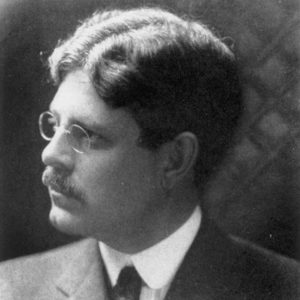 Orange King Judd
Orange King Judd 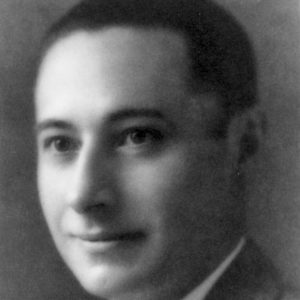 Robert Booth Moore
Robert Booth Moore 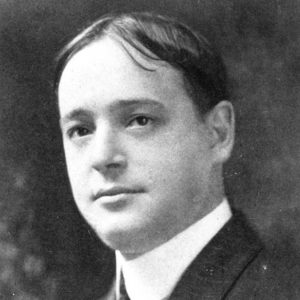 Mahlon D. Ogden Sr.
Mahlon D. Ogden Sr. 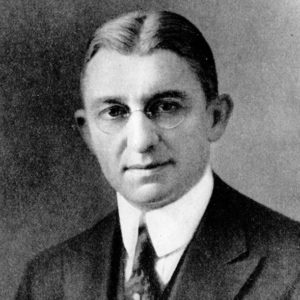 James Isaac Scarborough
James Isaac Scarborough  Trinity Hospital Founders
Trinity Hospital Founders 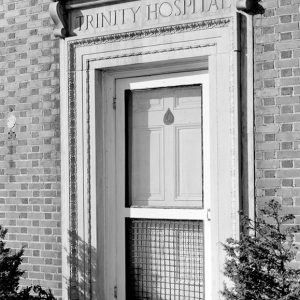 Trinity Hospital Entrance
Trinity Hospital Entrance 




Comments
No comments on this entry yet.